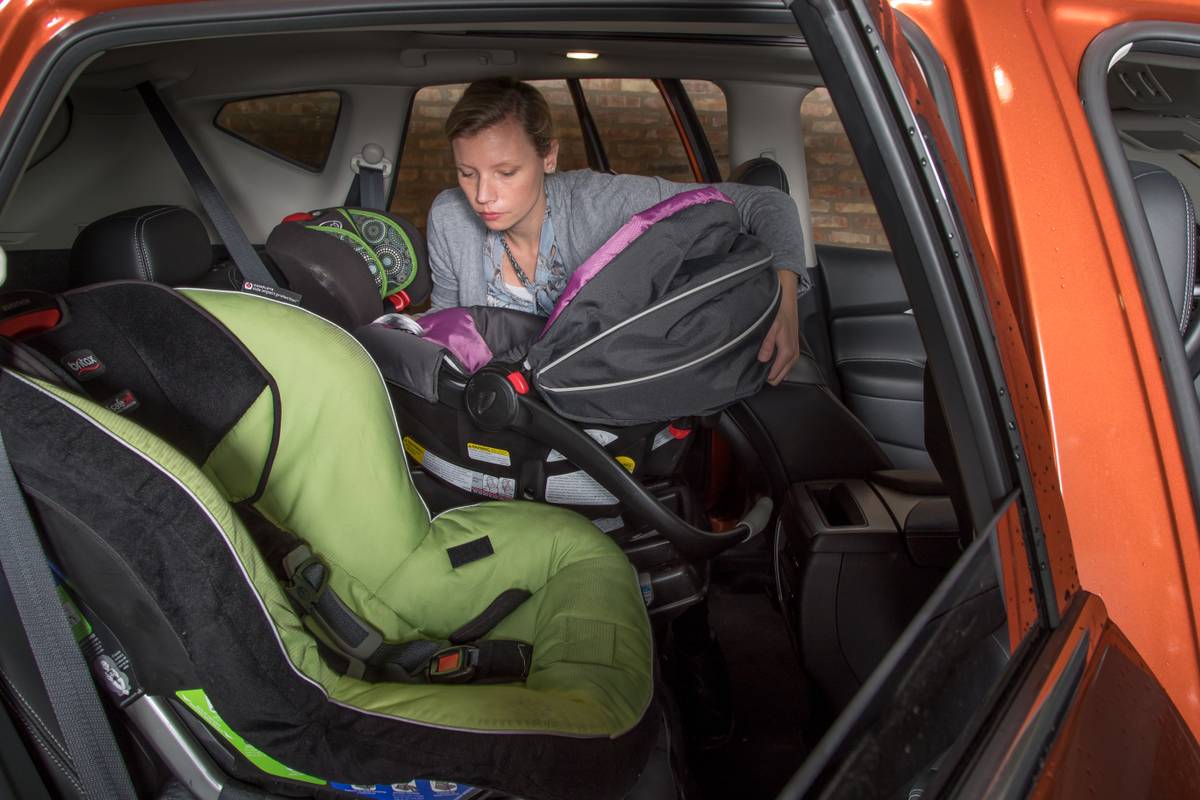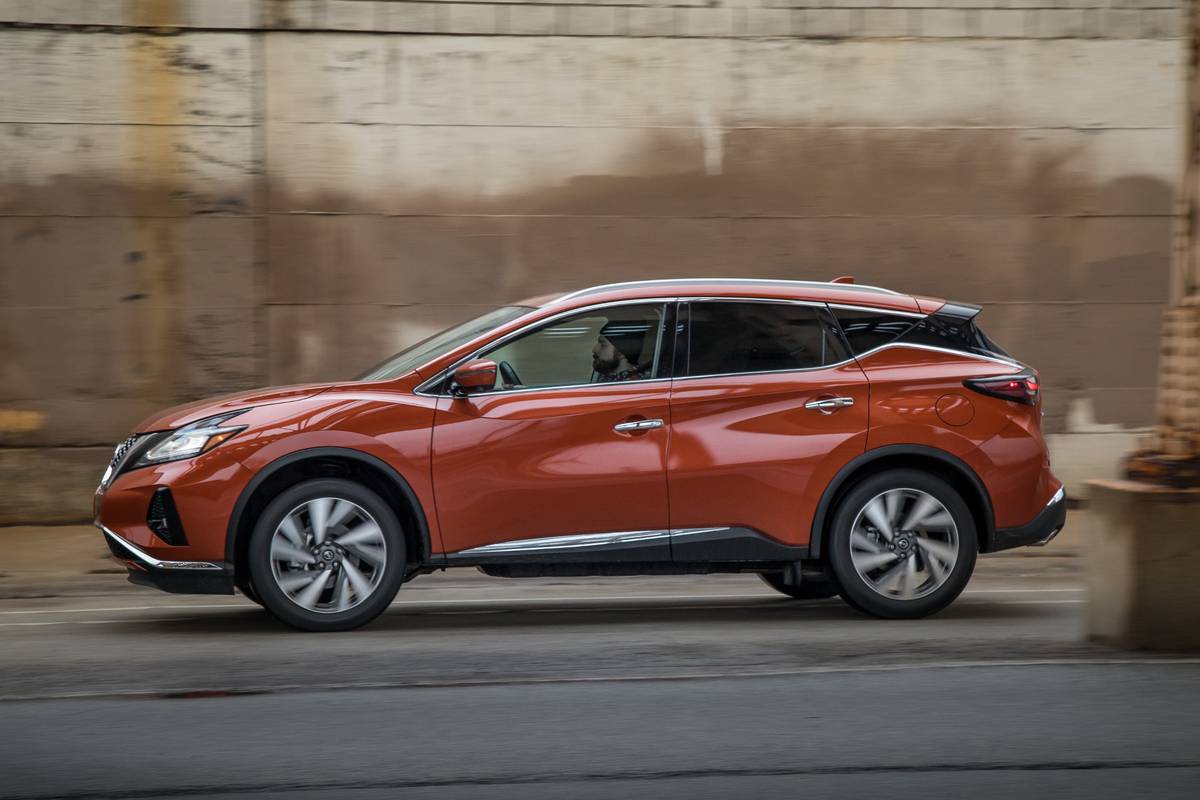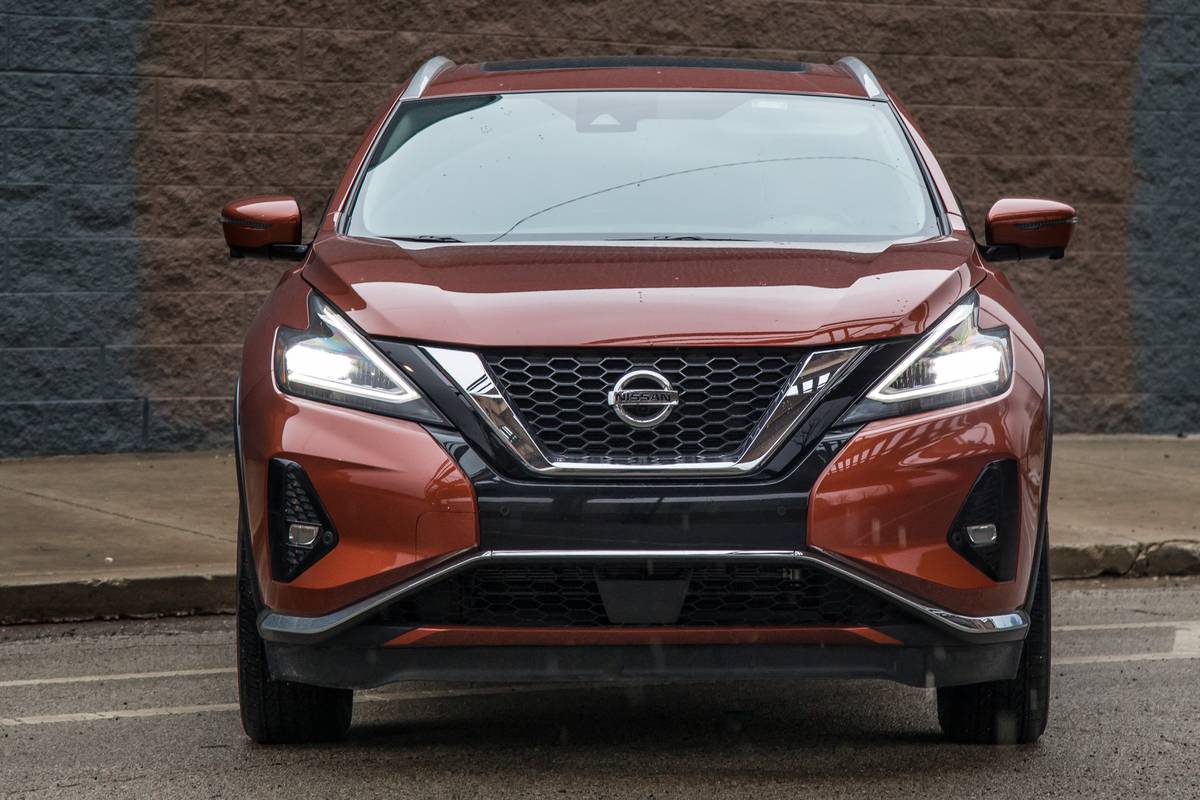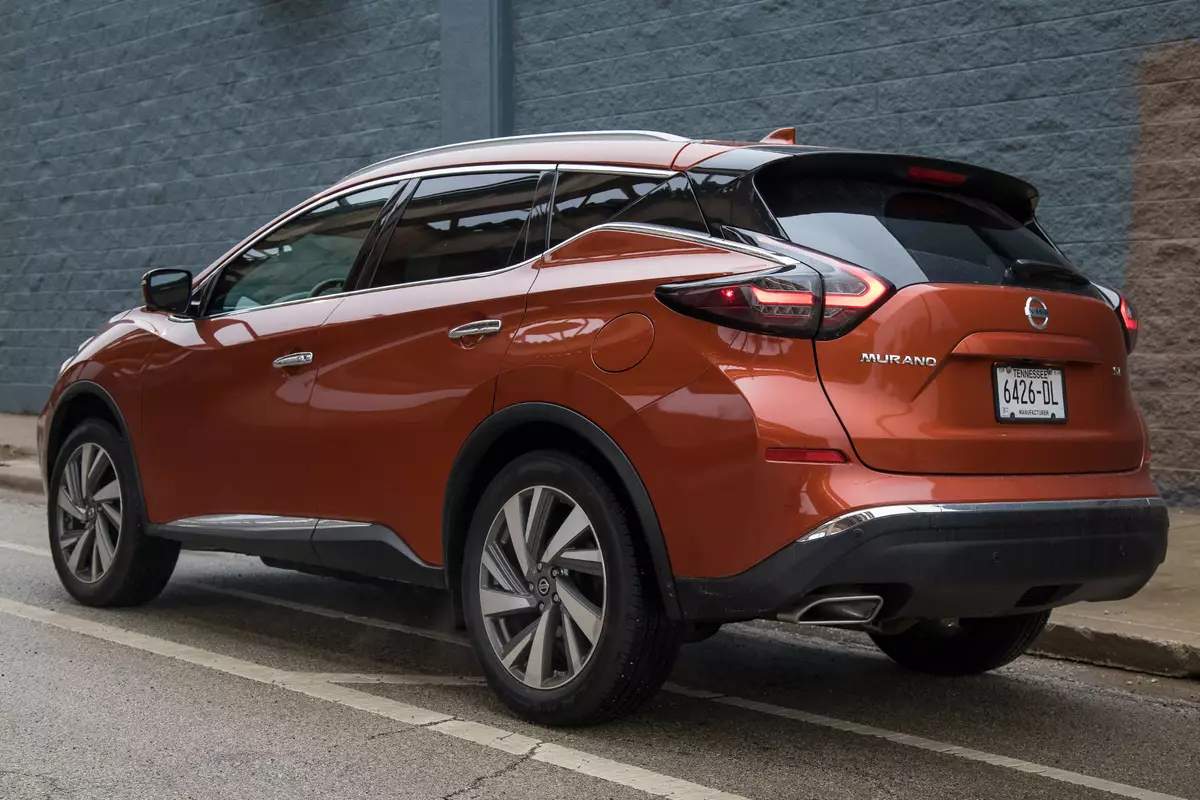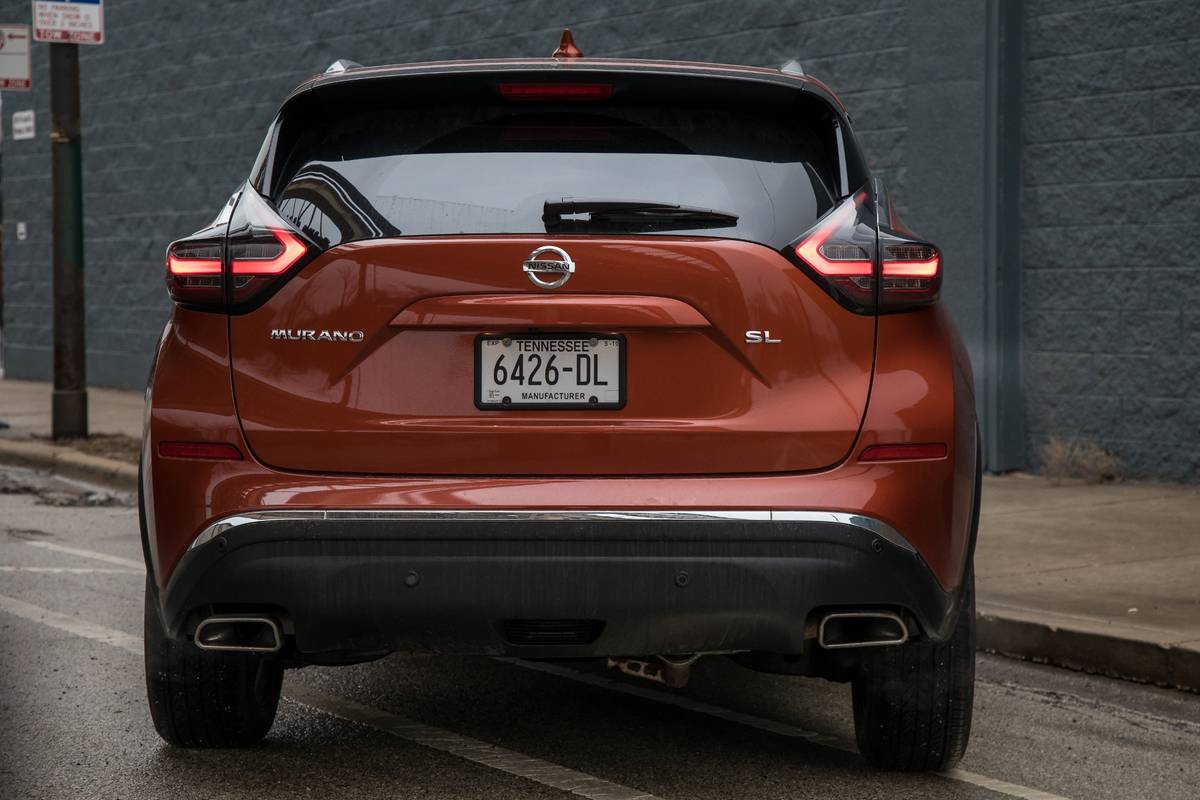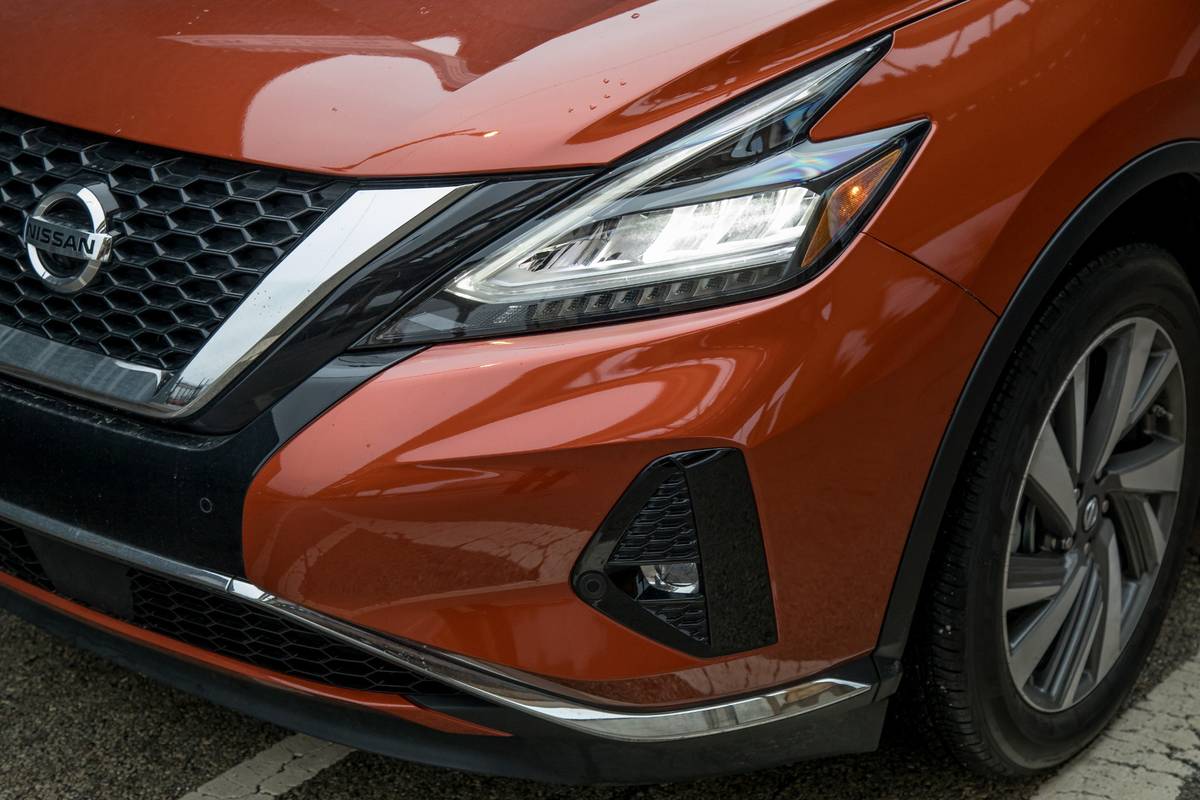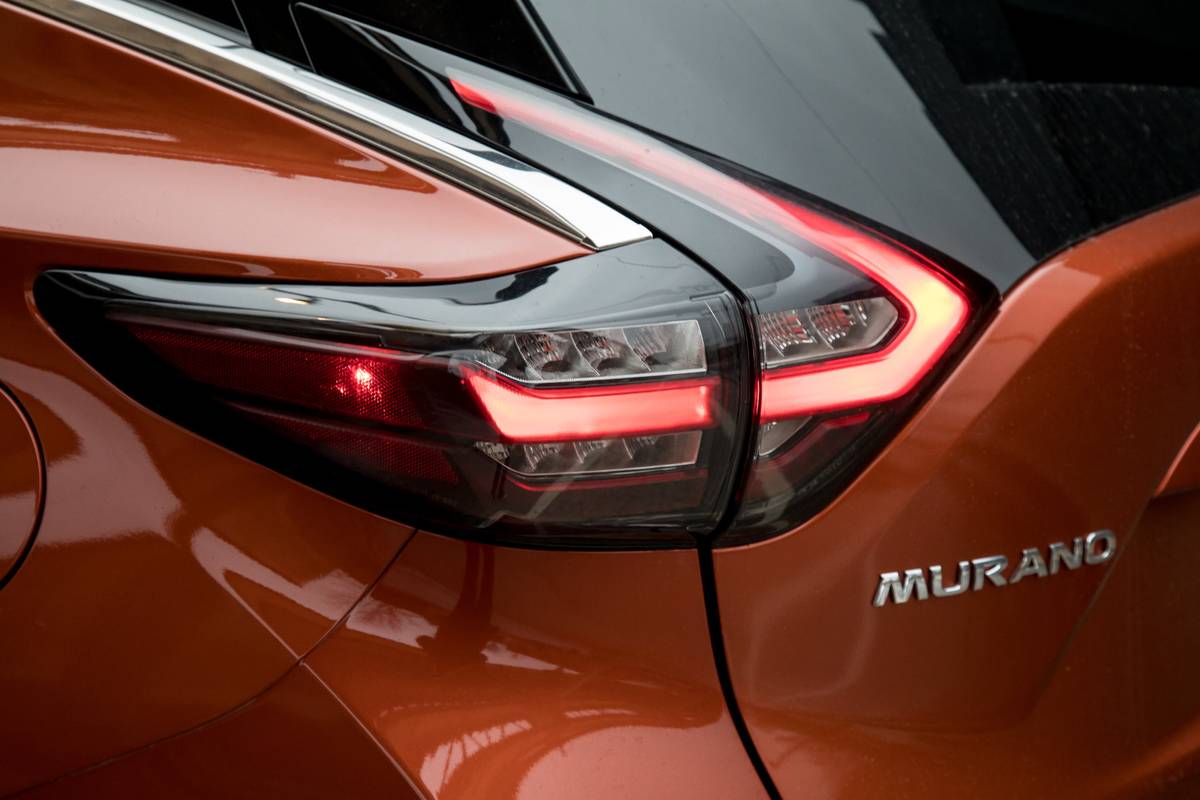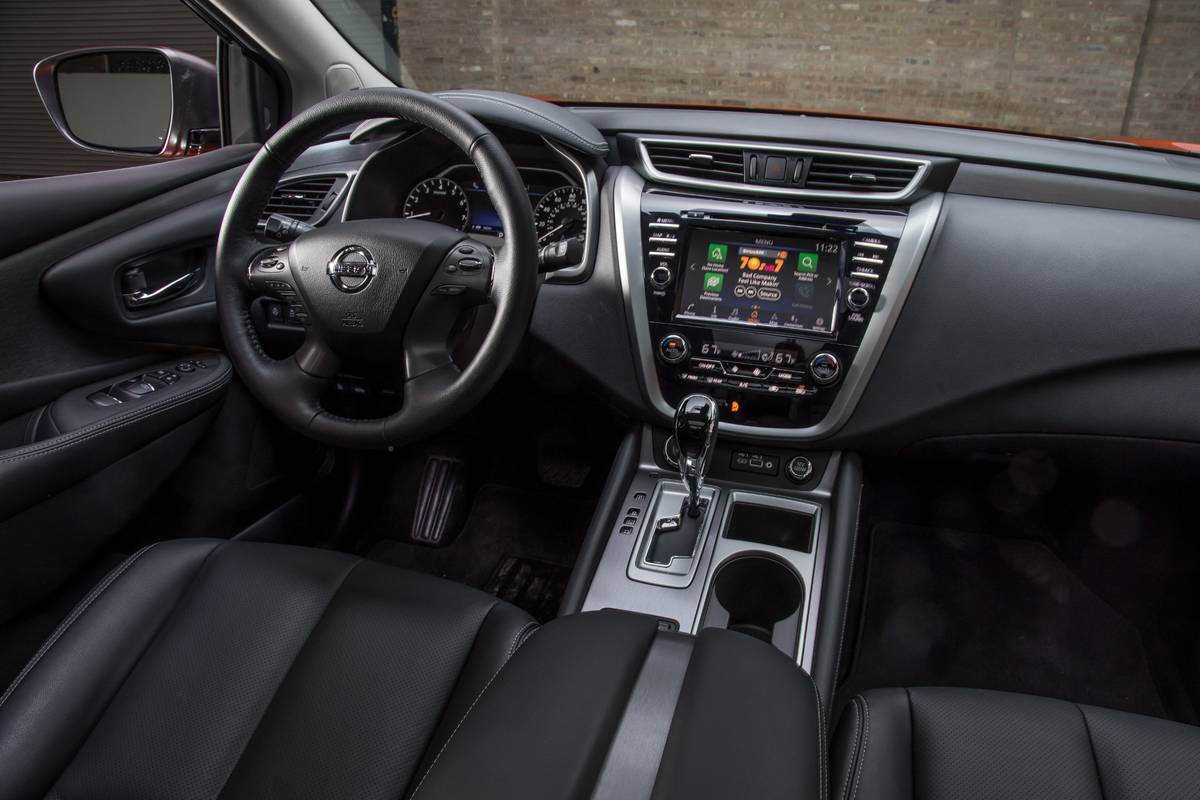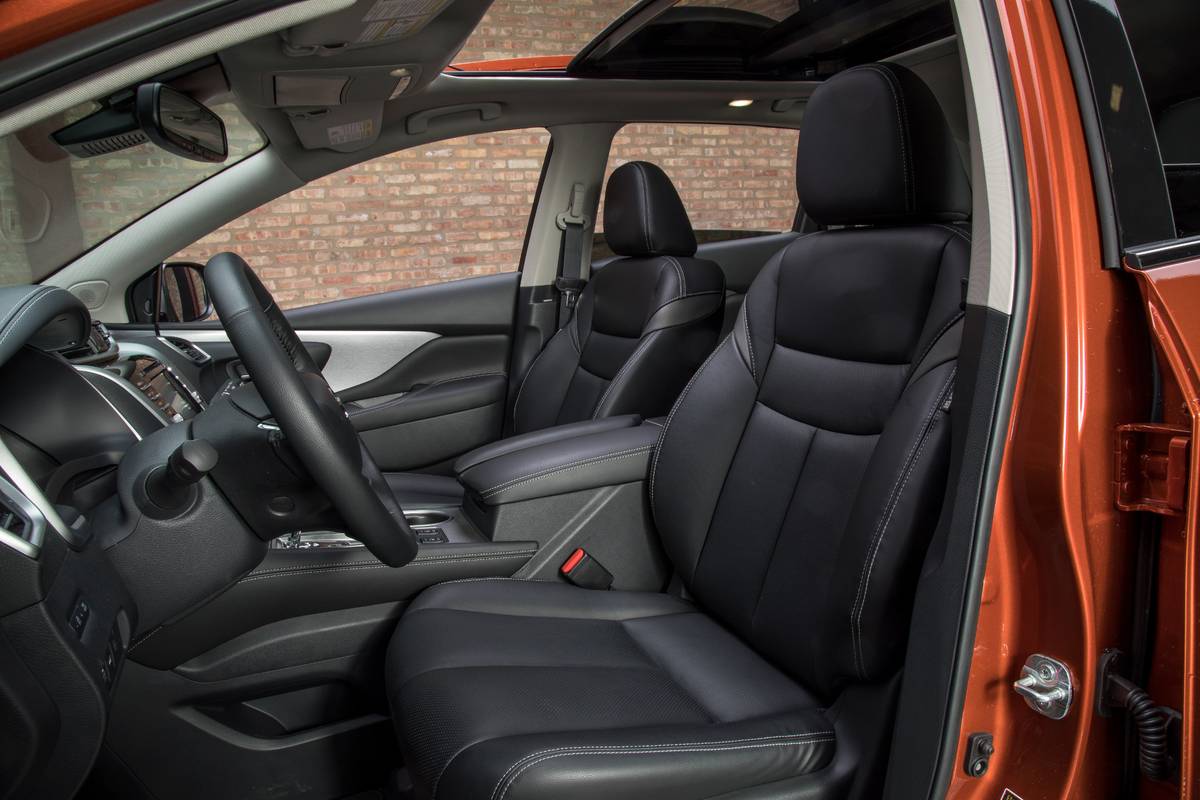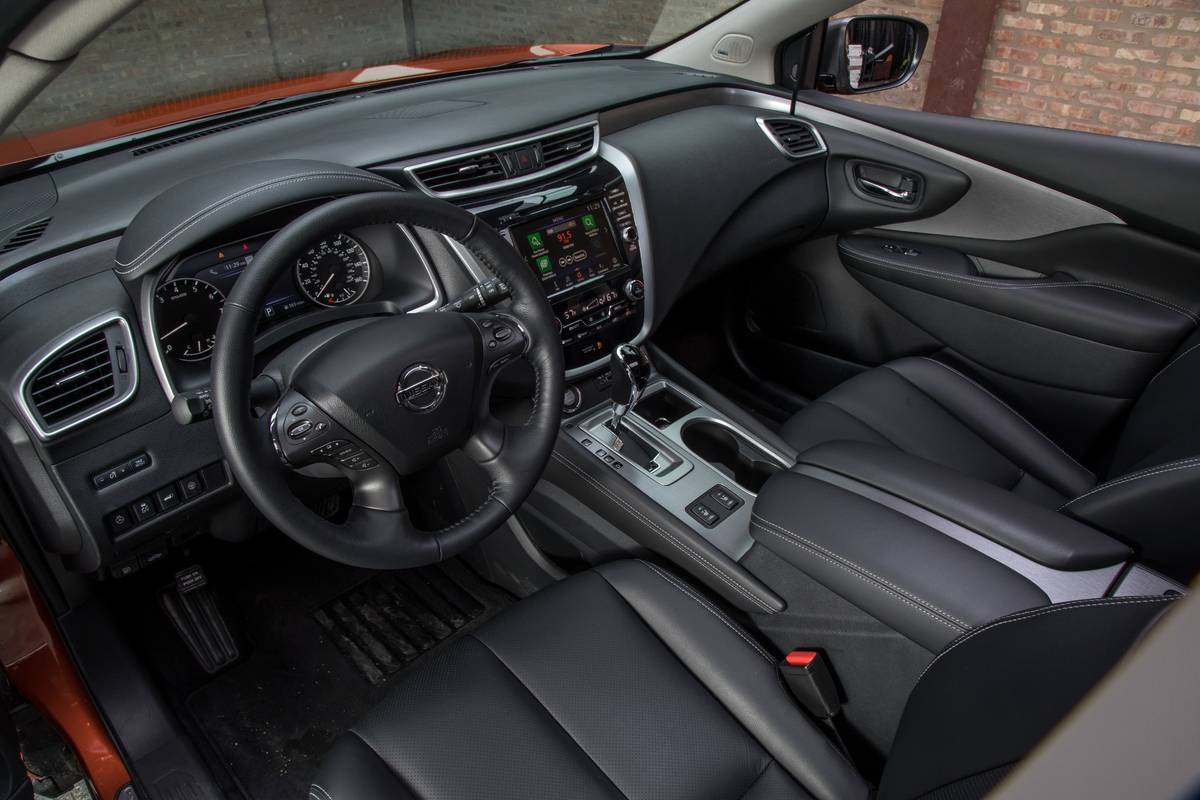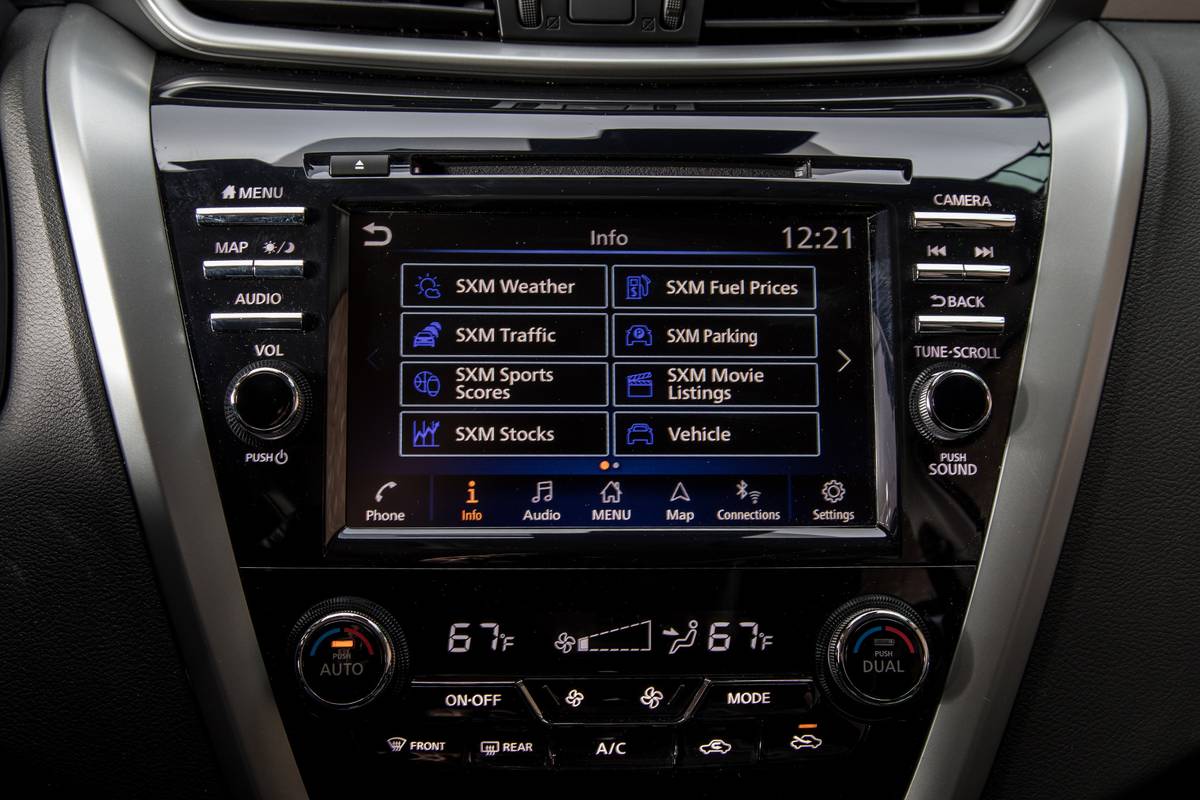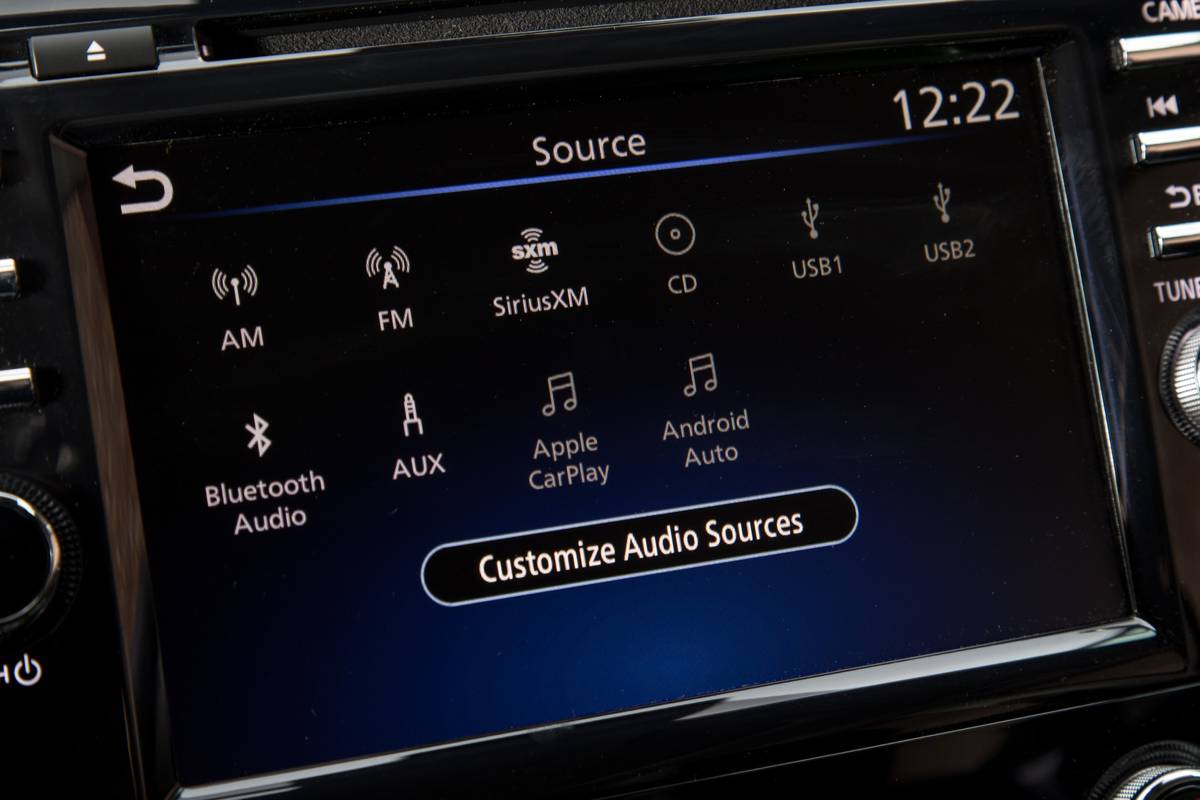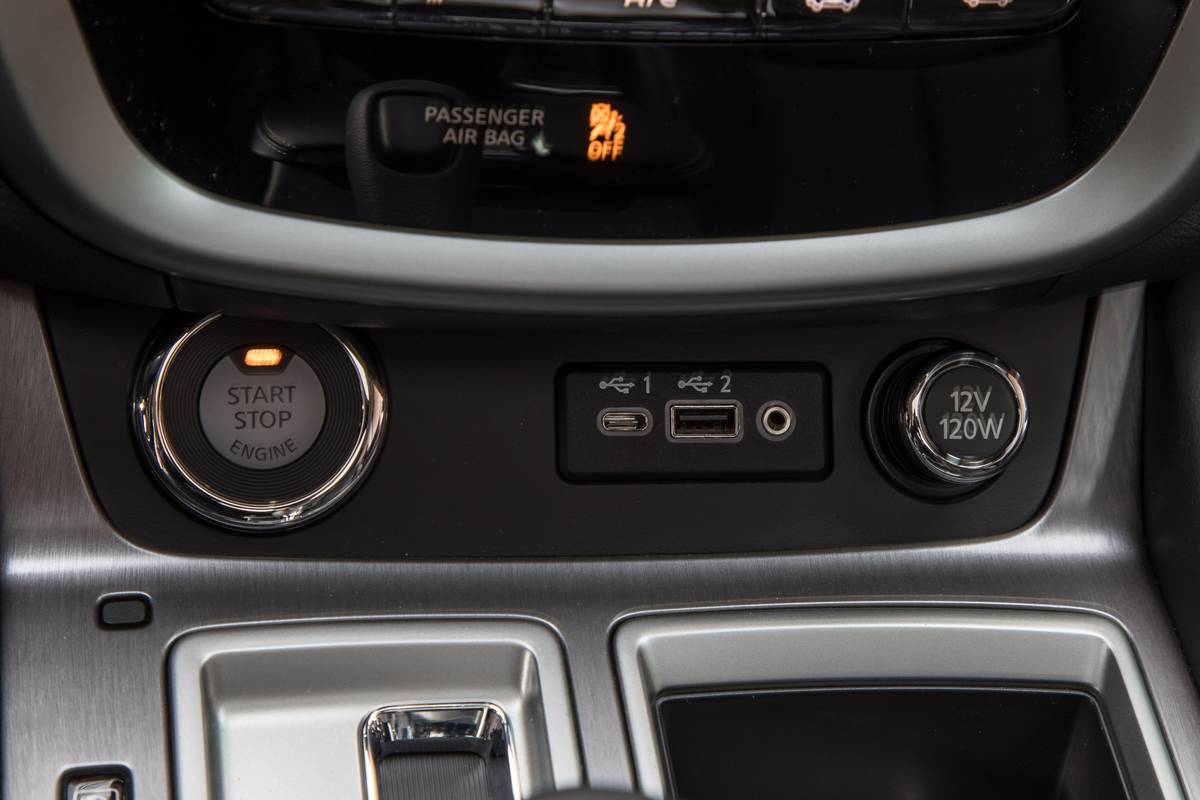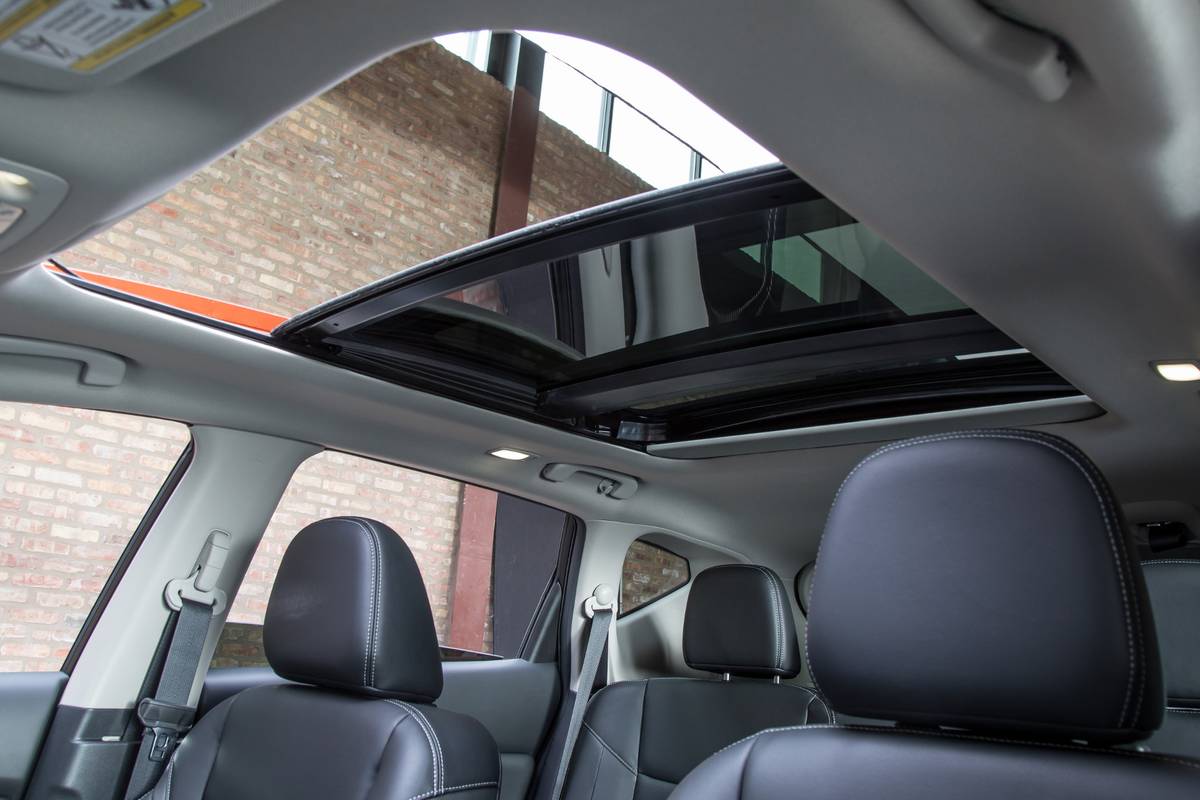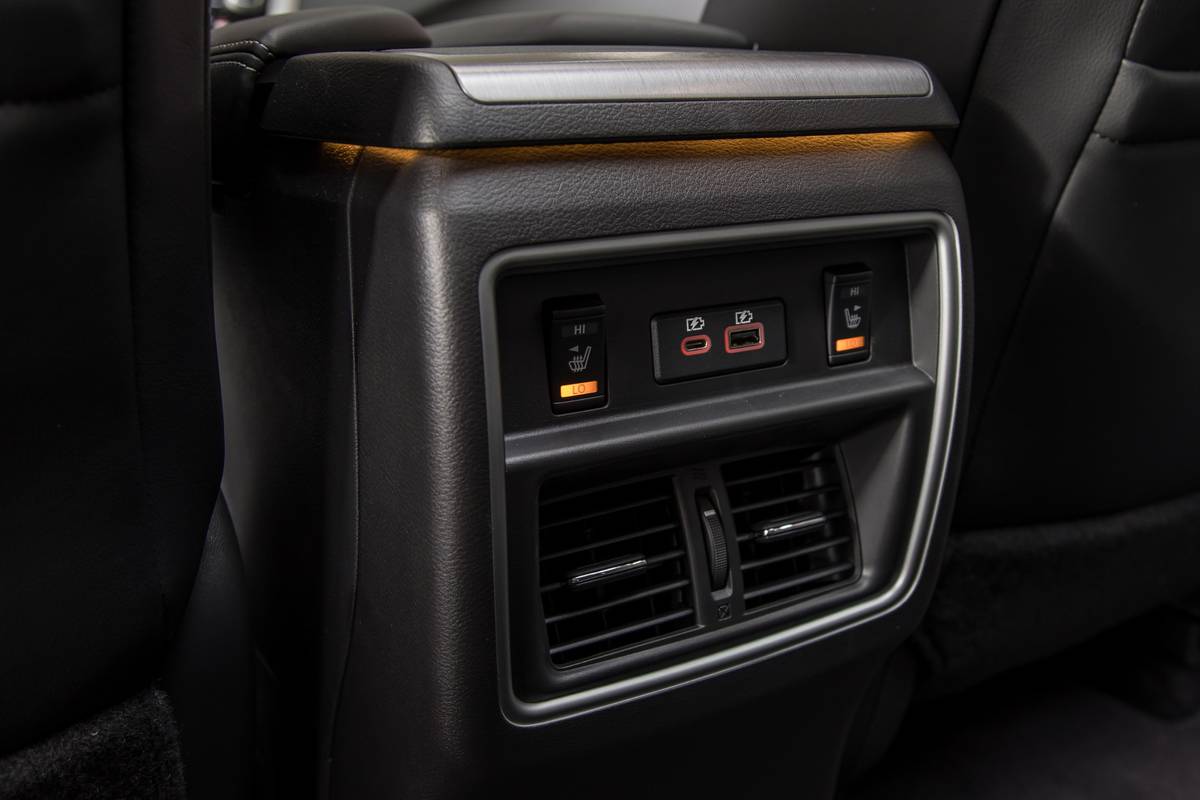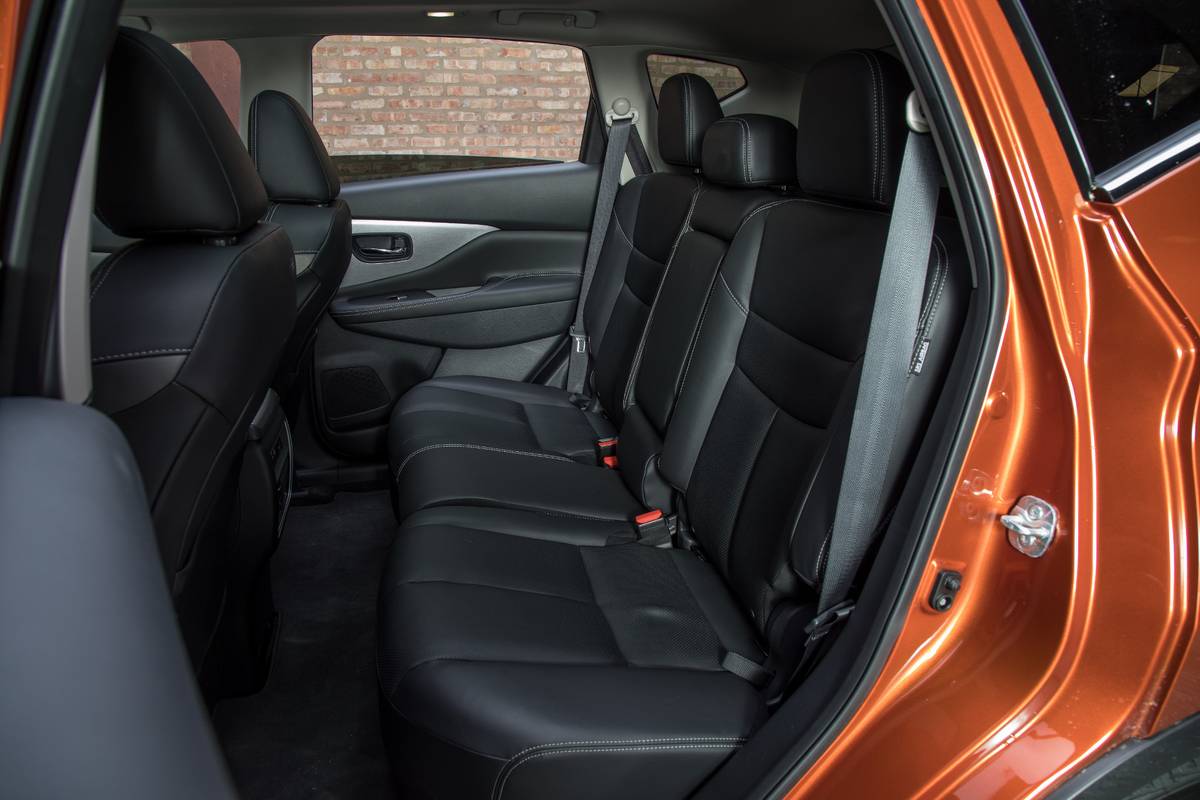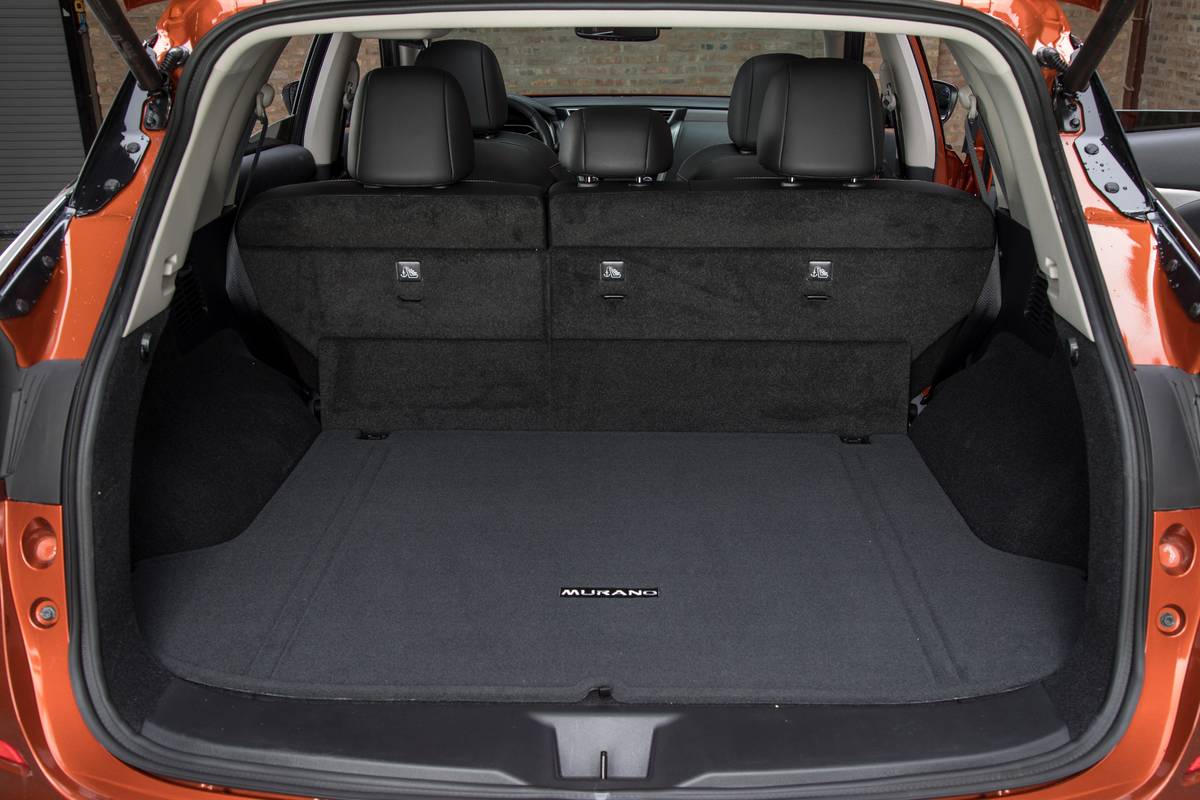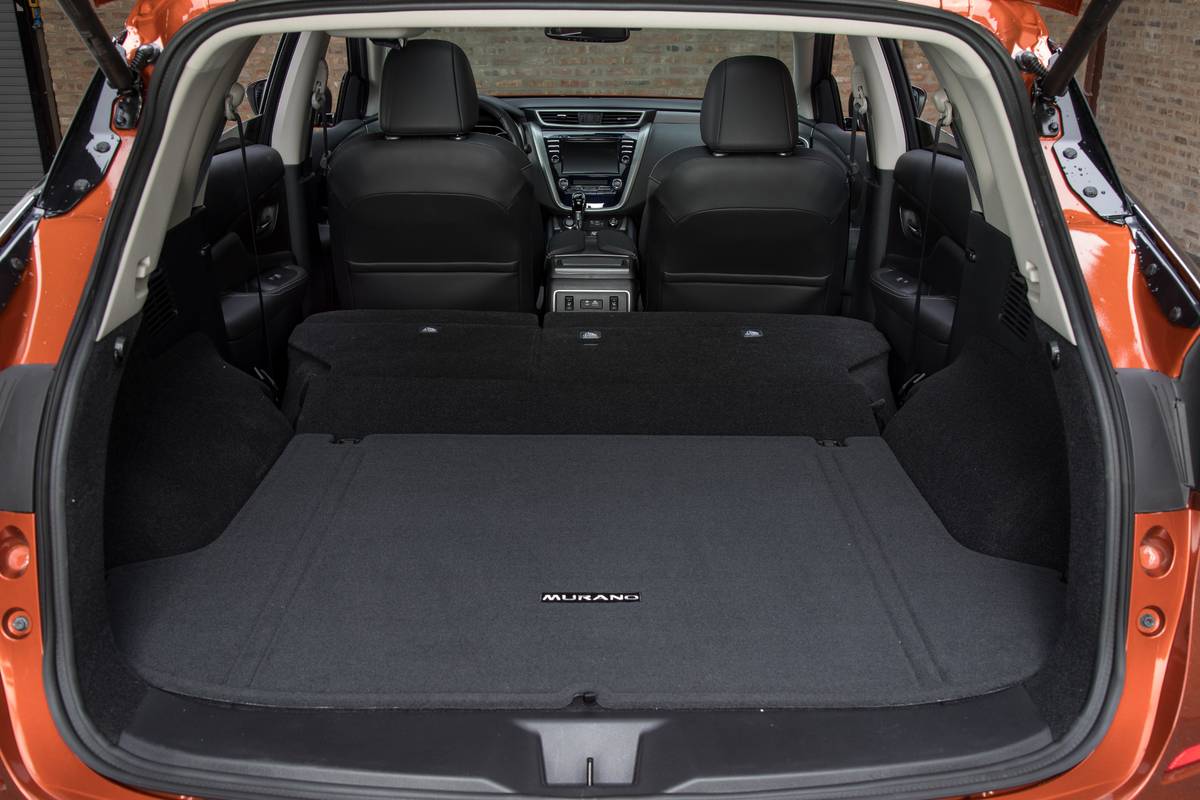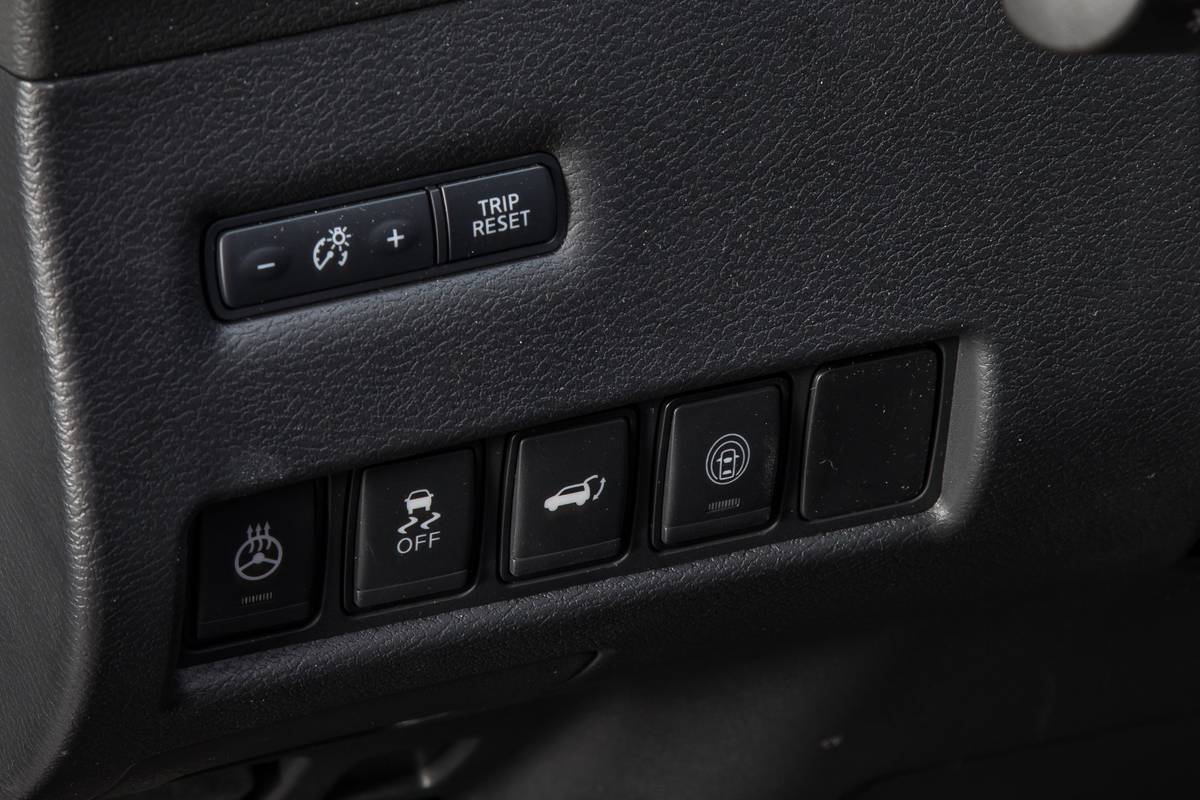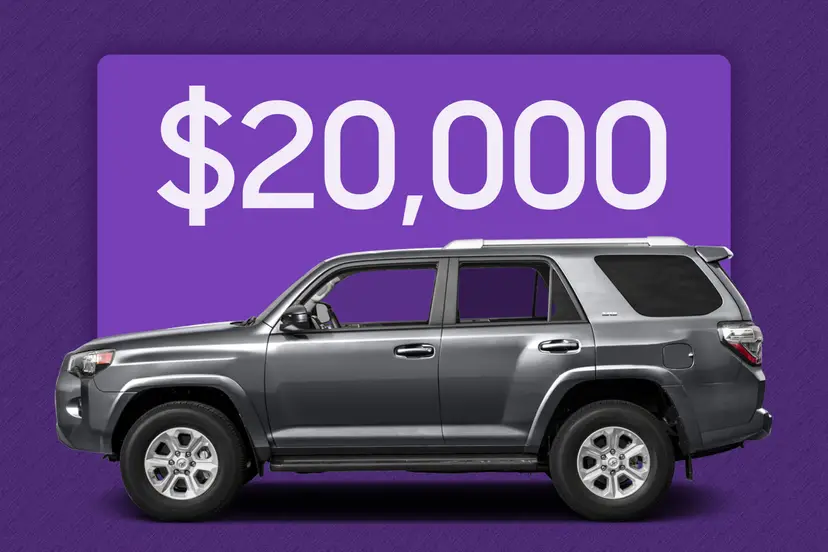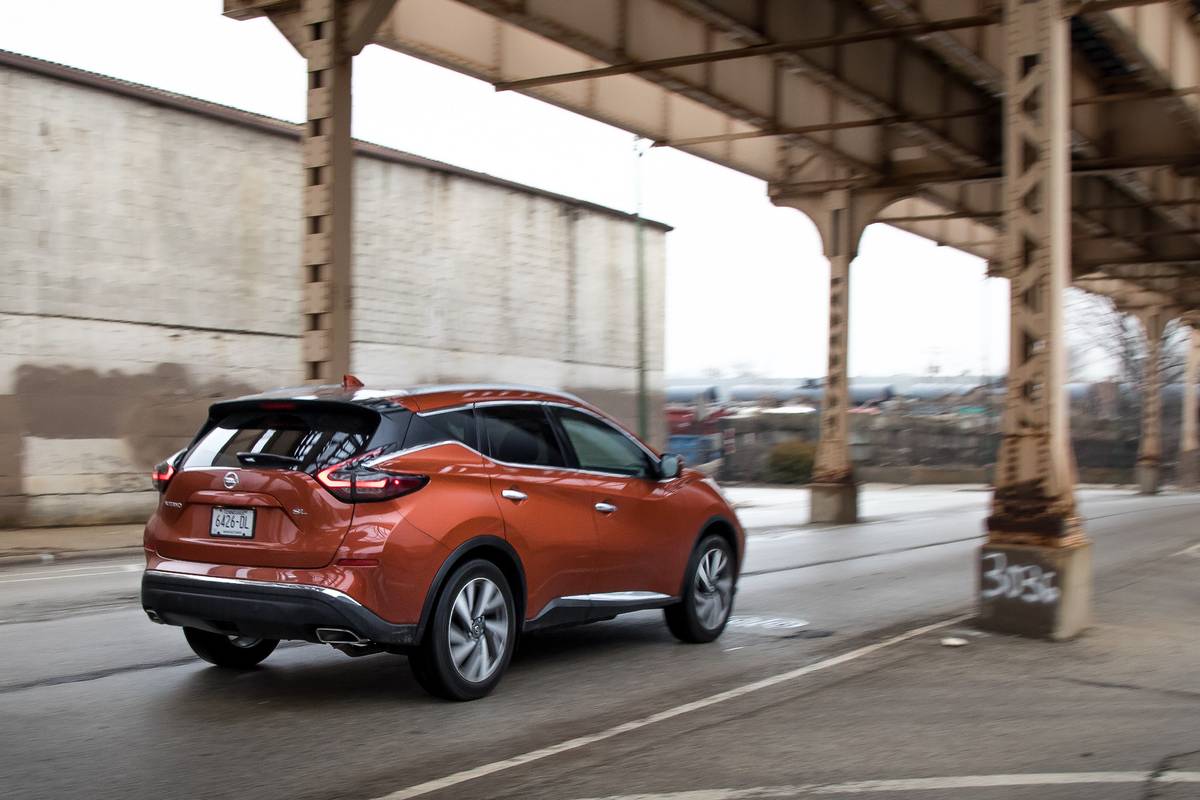
Verdict: Once the top of its class, the Murano now lags behind despite a recent update.
Versus the competition: Multimedia improvements bring the Murano up-to-date technologically, but the new Honda Passport and other competitors offer more compelling combinations of features, space and price.
SUVs are everything these days. Don’t believe me? Here’s a list of automakers who don’t currently have one in their lineup: Aston Martin (working on one), Ferrari (allegedly working on one), Genesis (working on one), McLaren (not working on one … yet), Bugatti (nothing yet) and Smart (soon to stop selling cars in the U.S.). The importance of the SUV makes the 2019 Murano update all the more disappointing.
The Murano competes in a crowded field of five-seat mid-size SUVs, many of which have undergone significant updates or are entirely new for 2019 or 2020. The 2019 Honda Passport and Chevrolet Blazer have been resurrected and return as all-new designs, while the 2019 Ford Edge, Hyundai Santa Fe and Kia Sorento are all significantly updated. Only the Jeep Grand Cherokee uses an older design, but it offers more significant model variations than others in the class — often for a significant premium. Compare the Murano against its chief competitors here and here.
For 2019, the Murano got a new grille, new LED head- and taillights, new paint and wheel options, a more luxurious top-of-the-line interior, and additional advanced safety features for higher trim levels — though still no ProPilot Assist, which combines adaptive cruise control (which the Murano offers) with automatic lane-centering steering (which it doesn’t).
What We Tested
Our test model was a Murano SL with front-wheel drive (all-wheel drive is optional on all trims). The SL is the second-highest trim available, and the only option package is the SL Technology Package ($1,970), which adds:
- Automatic forward emergency braking with pedestrian detection
- Rear automatic braking
- High-beam assist
- Lane departure warning
- Lane keep assist
- Traffic sign recognition
- Panoramic moonroof
Those features are part of Nissan’s Safety Shield 360, which also includes blind spot warning, forward collision warning and rear cross-traffic alert, though those come standard, not as part of the Technology Package. It’s a less advanced safety suite than ProPilot Assist, which isn’t available on the Murano but is offered on the Rogue and Leaf. It’s unfortunate that the moonroof is lumped in, not offered as a stand-alone option, but that’s how Nissan does it.
The only other options on the Murano we drove were a set of carpeted floormats for $245 and Sunset Drift Chromaflair paint for $395. Nearly every other paint color on the Murano is a no-cost option, but if you want a pumpkin-colored SUV, you’re welcome to pay for it.
Exterior
Looks-wise, there’s little difference between this generation of the Murano and the previous one. Nissan’s signature V-Motion grille is deeper and more pronounced, and as mentioned above, the available LED head- and taillights are new. The Murano’s floating roof is still there. We aren’t big fans of the look, but it’s so much more common across the industry now that it doesn’t come across as garish. (Look at a Chevrolet Blazer and tell me it isn’t a Murano with a Camaro face).
Interior
The Murano’s interior is pleasant enough, at least in the front seats. They’re well-padded, and materials quality is pretty strong for the class. Nissan used metal-looking accents up front to provide some visual contrast to the black interior, and they do a nice job of breaking up the lines. I was disappointed, though, by the cheap plastic surrounding the window switches and locks on the doors; it’s less noticeable on the driver’s side, where there are more controls, but on the front passenger and rear doors, it stands out.
Rear-seat comfort wasn’t too bad for my 6-foot-1 frame even with the driver’s seat in my preferred position. The bottom cushions are low to the floor, causing taller passengers to sit with their knees raised. It’ll make long drives a chore, but it’s not too bad for shorter jaunts. My hair brushed the roof when sitting perfectly upright in the backseat, but at least I didn’t need to slouch to keep my head from whacking the headliner.
The multimedia system in the Murano isn’t my favorite in the class or the market at large. The screen resolution is so-so, and the addition of Apple CarPlay and Android Auto feels more like lipstick on a pig than a wild technological advance. It’s fairly intuitive and certainly improved over past Nissan systems, but other automakers — like Hyundai, Kia and the Fiat Chrysler brands — have it beat in terms of graphics quality and ease of use. At least Nissan still includes volume and tuning knobs, while the Honda Passport lacks the latter. The inclusion of a USB-C port next to each USB-A (the more common kind) front and rear is nifty, but not enough to make the cabin suddenly feel futuristic. (The front pair support data while the rear pair are for device charging only.)
Rear visibility is hampered by the rear head restraints and small rear-quarter window, but it’s forward visibility that’s really poor. The Murano’s raked styling leads not only to a smaller windshield, but also wide A-pillars that extend forward and obstruct the driver’s view. Those pillars are also convenient for pedestrians to hide behind, turning intersections (and downtown parking garage exits) into adventures.
Driving Fun? Not Here
Also making parking garages something of an adventure is the Murano’s steering. We found it oddly underboosted and heavy in the 2016 Murano, and three model years later, that hasn’t changed. It takes a lot more effort than it should to maneuver the Murano at low speeds, almost as if the SUV lacked power steering entirely. There’s no reward to this heavy feeling like there is in a sports car, though, as the Murano’s steering remains numb and vague even at higher speeds.
The SL comes standard with 20-inch wheels, but there’s little penalty when it comes to ride quality, which is good. Harshness is minimal over rough roads and expansion joints, even compared with more off-road-leaning competitors, such as the Passport.
With a tried-and-true 3.5-liter V-6 instead of an increasingly common four-cylinder engine, you might expect the Murano to have one of the sportier driving experiences in the class. That’s … not really the case. Power is adequate for both city and highway driving, and the V-6 at least makes passing maneuvers and highway merges easy enough to not induce panic or require significant advanced planning. But the Murano is held back by its continuously variable automatic transmission, which simply isn’t responsive enough to push the SUV toward a rewarding driving experience. The Murano also lacks selectable driving modes that could tune transmission response for either sportier driving or greater fuel efficiency.
This one-size-fits-all approach leaves the Murano feeling average, though its EPA fuel-economy estimates place it near the top of the mid-size SUV class. Both front- and all-wheel-drive models are rated 20/28/23 mpg city/highway/combined. The new Chevrolet Blazer, when equipped with a V-6 and front-wheel drive, lags behind the Murano, at 20/26/22 mpg, as does the Passport, at 20/25/22 mpg. With front-wheel drive, the Ford Edge is rated 22/29/25 mpg — more efficient, but that’s with a turbocharged four-cylinder engine.
So It Carries a Lot of Stuff?
Not really. Nissan lists cargo volume in a moonroof-equipped Murano at 31.1 cubic feet behind the backseat and 65 cubic feet with the seat folded. It gains 1 and 2 cubic feet, respectively, without the moonroof (but remember, that also costs you safety features thanks to Nissan’s options structure).
Manufacturer numbers aren’t especially reliable, but what really makes the Murano seem less useful is that — by Nissan’s own measurements — a two-row compact Rogue SUV has more cargo volume than the Murano, at 39.3 and 70 cubic feet, respectively. The Murano’s cargo area is, like the rest of the vehicle, just adequate. It’s dwarfed by the Passport’s cavernous cargo area, and the Edge also beats it. The Blazer’s cargo numbers are just slightly lower than the Nissan’s.
How About Safety?
The Murano we tested had a host of safety features packaged as Safety Shield 360, including automatic forward emergency braking with pedestrian detection, rear automatic braking, high-beam assist, lane departure warning, lane keep assist and traffic sign recognition, all of which are optional. Blind spot warning, forward collision warning and rear cross-traffic alert are standard.
Safety Shield 360 is a less advanced safety suite than Nissan’s ProPilot Assist, which includes lane-centering steering and adaptive cruise control that doesn’t deactivate after a few seconds at a full stop. ProPilot Assist is not currently available on the Murano, though it can be added to the Rogue. Adaptive cruise control is optional on the Murano SV and standard on higher trims, but it’s not offered on the base Murano S. It works all the way to a stop but allows the Murano to creep forward again after a second or two.
The Insurance Institute for Highway Safety had not rated the 2019 Murano as of publication; when it does, results will replace the 2018 information here. IIHS dinged the 2018 Murano for its headlights and did not perform a passenger-side small overlap front crash test. Its 2018 headlight rating of marginal is one step above the lowest rating, poor, but the 2018 Murano’s overall performance with the Institute is in good company. The National Highway Traffic Safety Administration gave the Murano a five-star overall rating. The Murano also aced our Car Seat Check; we were even able to fit three child-safety seats across the backseat.
Why Buy a Murano?
A model that once won our comparison test for its class has fallen behind many of its competitors — and even other offerings from Nissan. On top of that, the Murano is one of the more expensive vehicles in its class: Ours topped out at $42,885 including a $1,045 destination fee — not exactly a bargain for what feels like a middling SUV. While the Murano offers a plusher interior than its Rogue sibling, why not save a few thousand dollars and get more safety features, more cargo room and improved fuel economy? That is, if you insist on buying a Nissan.
Among class competitors, there are better deals to be had from both Hyundai and Kia, and while similarly priced, the new Honda Passport offers more standard safety features. If it’s a Murano you really want, it may be worthwhile to wait for a full redesign, which should happen within the next couple model years.
Cars.com’s Editorial department is your source for automotive news and reviews. In line with Cars.com’s long-standing ethics policy, editors and reviewers don’t accept gifts or free trips from automakers. The Editorial department is independent of Cars.com’s advertising, sales and sponsored content departments.





































